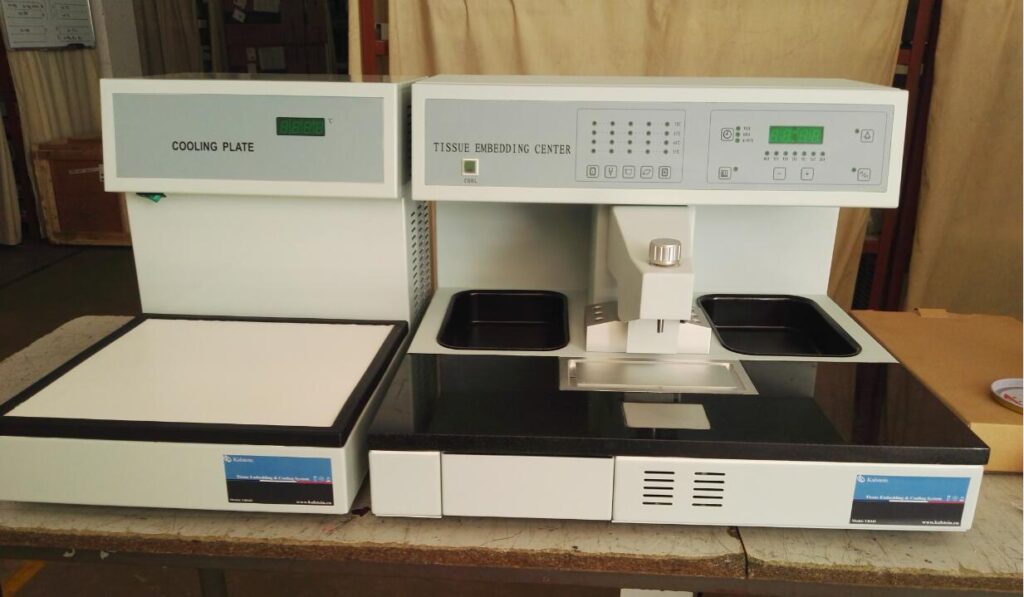What is a tissue processor in pathology?

Pathological anatomy is the science that is responsible for the study of pathophysiological and morphological alterations of the disease. Like all science, it has a series of specialized equipment to carry out the different studies on which it is based.
What is histopathology?
Histopathology is a branch of pathology that addresses the diagnosis of diseases through the analysis of tissues, integrating both their macroscopic and microscopic characteristics. It plays a leading role in clinical diagnosis since the analysis of the morphology of the cell allows to determine with greater precision the pathological alteration that affects the tissue and, therefore, to reach an accurate diagnosis.
What is pathological anatomy?

Pathological anatomy is the science that studies the pathophysiological and morphological alterations of the disease. It studies the disease at an organic, tissue, cellular, subcellular, and molecular level. It is divided into.
Microtome: advantages and disadvantages
Microtomes are cutting instruments for the preparation of preparations used in microscopy. To meet the high demands of such preparations, microtomes allow extremely fine cuts. Normally modern microtomes allow cuts of a thickness of 0.1 to 100 μm. In a comparative way: Human hair has a thickness between 50 and 70 μm.
Anatomic Pathology Equipment, tips and recommendations
In order to start running your own laboratory, it is necessary to have all the right equipment. To get the reliable results a laboratory has basic equipment that guarantees its functioning. There are two important elements to bear in mind: the equipment and how to handle it.
